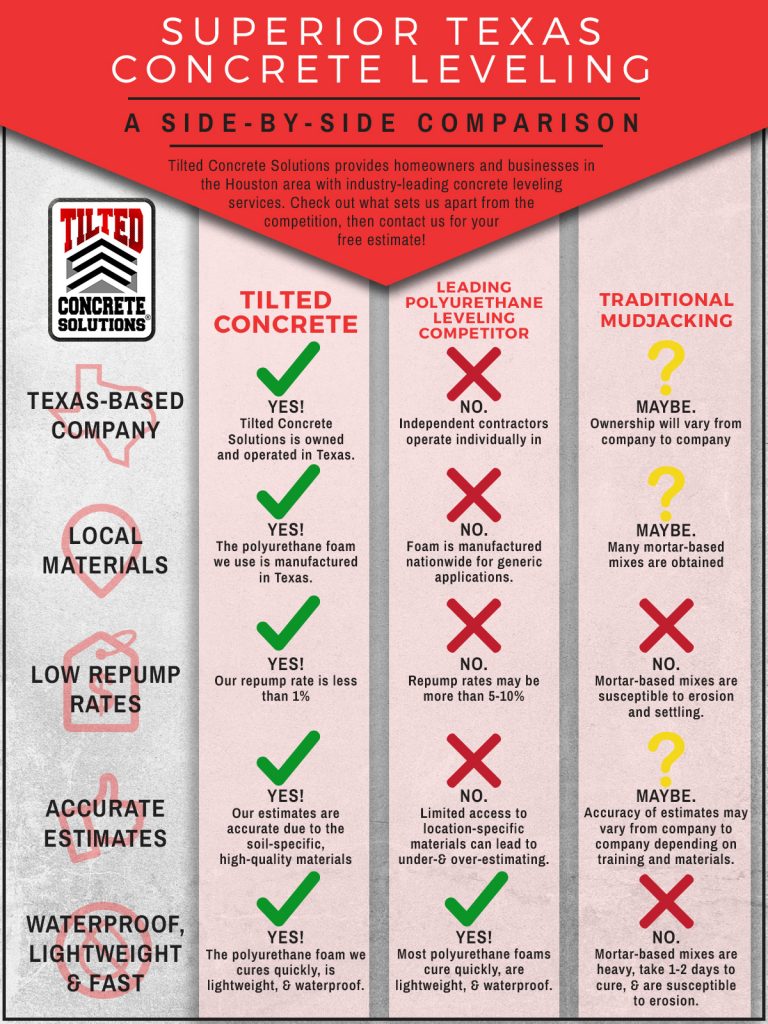Secret Seasonal Considerations For Commercial Exterior Paint: What You Required To Be Informed About
Secret Seasonal Considerations For Commercial Exterior Paint: What You Required To Be Informed About
Blog Article
Staff Writer-Aguilar Rosendal
When you're planning an industrial exterior paint job, seasonal variables can make or break your results. You'll wish to think about how temperature and moisture influence paint application and drying times. Selecting exterior painting contractor can ensure your paint sticks effectively and lasts longer. However which periods are really the most effective for this type of work? Let's check out the crucial elements that can impact your job's success.
The Effect of Temperature on Paint Application
When you're planning an industrial outside paint project, the temperature level can dramatically impact how well the paint sticks and dries.
Ideally, you intend to paint when temperatures vary in between 50 ° F and 85 ° F. If it's also cold, the paint may not treat appropriately, causing problems like peeling or breaking.
On the other hand, if it's also hot, the paint can dry as well swiftly, avoiding correct attachment and causing an uneven surface.
You should also consider the time of day; morning or late afternoon offers cooler temperatures, which can be much more beneficial.
Always inspect the manufacturer's suggestions for the details paint you're utilizing, as they often provide advice on the suitable temperature level range for optimum results.
Moisture and Its Effect on Drying Times
Temperature isn't the only ecological factor that influences your commercial exterior painting project; humidity plays a considerable function also. High moisture degrees can reduce drying times substantially, impacting the total high quality of your paint job.
When the air is filled with wetness, the paint takes longer to cure, which can cause problems like poor adhesion and a greater threat of mildew development. If https://www.21oak.com/inspiration/basement-paint-ideas/ on a specifically moist day, be prepared for extensive delay times in between layers.
It's essential to monitor regional weather conditions and plan appropriately. Ideally, aim for moisture degrees in between 40% and 70% for ideal drying.
Maintaining these factors in mind ensures your job remains on track and provides a long-term finish.
Best Seasons for Commercial Outside Paint Projects
What's the very best time of year for your commercial exterior painting jobs?
Springtime and early fall are generally your best options. Throughout these periods, temperature levels are light, and humidity degrees are usually reduced, developing suitable problems for paint application and drying.
Avoid summertime's intense heat, which can create paint to dry as well quickly, resulting in bad adhesion and coating. Likewise, winter months's cool temperature levels can impede correct drying out and curing, running the risk of the durability of your paint job.
Aim for days with temperatures between 50 ° F and 85 ° F for optimum outcomes. Remember to inspect the neighborhood weather report for rain, as wet conditions can ruin your job.
Planning around these variables ensures your painting job runs smoothly and lasts longer.
Verdict
Finally, planning your commercial exterior painting jobs around seasonal factors to consider can make a considerable difference in the result. By scheduling work throughout the ideal temperature levels and humidity degrees, you'll guarantee much better bond and drying times. Remember to watch on local weather report and choose the right time of year-- spring and early autumn are your best bets. Taking these steps will assist you accomplish a durable and specialist surface that lasts.
